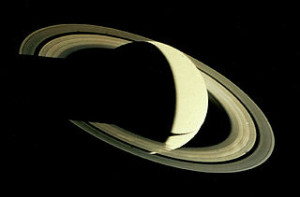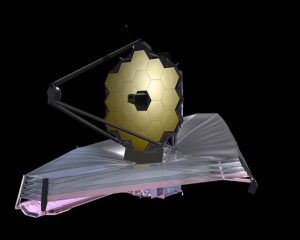
Saturn and its Rings
Huygens Probe landed on Saturn’s moon Titan in 2005. The successful landing indicated Titan’s surface is covered with a powdery substance. Scientists are still analyzing the data the probe sent back to earth. The Cassini-Huygens mission was a joint venture of the European Space Agency, the Italian Space Agency, and NASA. The mission left earth on October 15, 1997. The Cassini portion continued to send back data about Saturn and remained active until September 15, 2017 when its energy was depleted and it dove into Saturn’s atmosphere, returning data until it was no more. Children can review data and more at: Cassini-Huygens.
